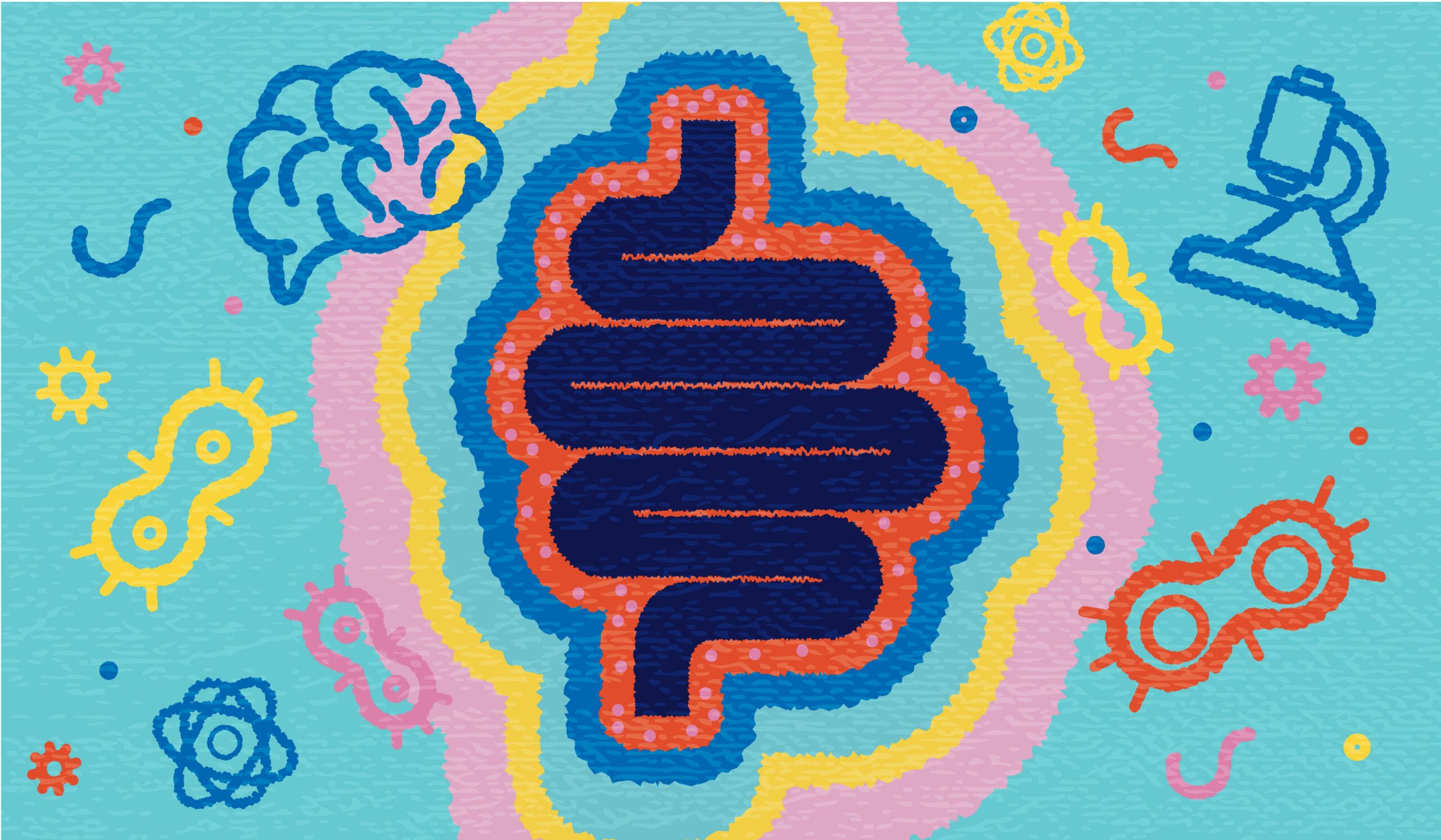The data trend is relatively clear – the more Westernized the population, the less microbe diversity found on their skin and in their gut. Western diets and modern hygiene practices have been wiping out species of bacteria in our digestive tracts.
The long-term consequences are still unclear – but the findings have experts concerned.
Why the Focus on Gut Microbes?
Animal models have suggested a strong role of the gut microbiome in the higher prevalence of inflammatory bowel disease, multiple sclerosis, type 1 diabetes, rheumatoid arthritis, obesity, allergies and colon cancer.
Common western practices such as caesarian sections, antibiotic use, and formula feeding may be associated with increased risk of allergic, autoimmune and inflammatory disease – by interfering with the proper development of the gut and body microflora.
Experts have found it difficult to compare the microbiomes of westernized populations with those not yet exposed to western practices. But an article published recently from the journal Science Advances does just that (1).
The researchers had an opportunity to study the skin, gut and oral flora of individuals from a remote tribe living in Venezuela and Brazil known as the Yanomami. The Yanomami’s huts had been discovered only by air as they live in a dense and remote part of the rainforest only reachable by a few days travel by boat.
The Yanomani have lived in the Amazon region largely untouched and uncontacted for more than 11,000 years.

The researchers were astonished to find that the Yanomami individuals had roughly 50% MORE diversity in their skin and fecal flora than the average American.
This marks the highest bacterial and genetic diversity ever reported in humans.
Not only did the Yanomami have more diversity, but the same array of bacteria was also shared across individuals within the population. By comparison, Americans tend to have a lot of variation between individuals.
What made the data interesting is that the Yanomami had never received antibiotics, leading researchers to believe that antibiotic usage was a primary culprit to the difference in microbial diversity.
But in the past, the same research group had also looked at gut diversity in individuals from two regions in Papua New Guinea (2). Despite the modern use of antibiotics, the Papua New Guinean populations still reported very high microbiome diversity when compared to Americans (albeit, still less diverse than the diversity found in the Yanomami tribe).
Because the antibiotic usage did not appear to be the main factor affecting diversity, the authors suggest that the Yanomami’s higher intake of plant-derived carbs and fiber (and less intake of processed foods), as well as the differences in sanitation, water treatment, and hygiene practices in Westernized populations – seemed to account most for the higher flora diversity.

The Yanomami and Antibiotic Resistance
Surprisingly, the high diversity was not the most interesting finding.
The experts found antibiotic-resistant genes in Yanomami’s unique skin and gut microbes. For a group that never received antibiotics, this was a surprising discovery.
How could antibiotic-resistant genes be found in a population that had never received antibiotics?
The finding of multiple antibiotic-resistant genes (including to newer antibiotics) suggests that genes coding for antibiotic resistance are present naturally in humans. The presence of antibiotic-resistant genes may be a result of interactions with our host microbes and soil-based microbes – as well as through a few other mechanisms proposed by the researchers.
In short, antibiotic usage may not only help create antibiotic-resistant genes (as has been the main model), but may also act to amplify these inherent genes. Yikes!
The findings demonstrate the pressing need to innovate and create new antibiotics. But on a positive note, the findings have also triggered new insights and investigation into how we may approach antibiotics and antibiotic resistance in the future.




